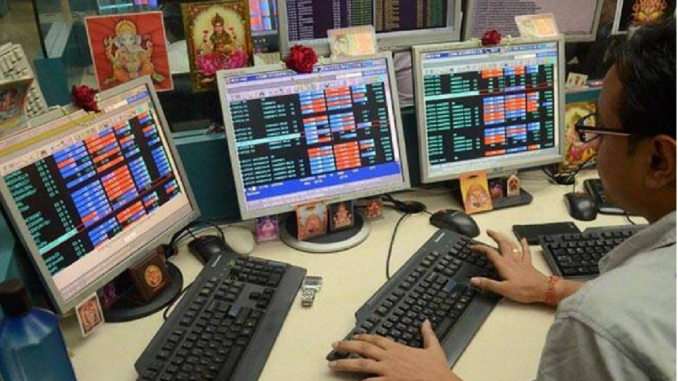
Exchange-Traded Funds or ETFs are index funds that trade on stock exchanges just like stocks. They have become increasingly popular as vehicles for investors to diversify their portfolios and manage risk. For more on ETFs, read this article.
The first ETF was launched in Canada back in 1989, and since then, the market has grown exponentially. In fact, by September 2015, there were 891 exchange-traded products worldwide, with 2,553 listings offering exposure to over 1,900 underlying indices and representing $3t of assets under management.
Given the geographical diversity of Asia Pacific, it is not surprising that ETF providers and investors follow various approaches to trading them in the region. This article provides an overview of how to trade ETFs in Asia.
Asia Pacific ETFs
First, Asia Pacific ETFs can be split into two categories: Asia-focused and global.
Asia-related ETFs are focused on the whole region, while Global ETFs seek to track a Global index such as the S&P500 or MSCI EAFE. In general terms, Asian markets tend to be more expensive than many other Developed markets, so there is usually a trade-off between buying a cheaper Asian market ETF vs a more expansive portfolio of global products. Different investors may have different preferences based on investment goals and targets for returns or risk levels.
For example, an investor who seeks to get higher coverage of the Singaporean equity market would typically choose the SPDR STI ETF (Number of Stocks: 28, Market Cap US$13.3b (Source )). Low fees are also an advantage of this product since its expense ratio is only 0.2% p/a.
In comparison, a global ETF such as the iShares MSCI ACWI Index Fund (Number of Stocks: 5083, Market Cap US$115b ) has slightly higher overall costs at 0.25% p/a and covers a much larger market which includes more than 1,500 companies across 47 countries around the world.
Second, there are many different ways investors can trade ETFs in Asia, depending on what they have available to trade with and their local regulatory environment. For example, some products that have been launched in other regions have not been approved for listing in the region due to domestic regulatory issues. In addition, several Asian products have been launched and whose performance has not met expectations.
Key considerations for trading ETFs in Asia include:
Here are some key considerations for trading ATFs in Asia;
The availability of information and pricing
Some markets such as Australia and Hong Kong provide more comprehensive and timely data than others such as China, India and Singapore, affecting liquidity levels across the region.
Access
Mutual funds that trade on stock exchanges can typically be bought or sold after hours, like any other stock, while investment trusts have fixed price points during regular market hours. Some products may also require accredited investor status to buy them through a broker, which is especially important to emerging markets where the industry landscape is often less well developed.
Trading hours
Although most markets do not have 24-hour trading, Japan has extended trading, held from 16:00 – 19:00 Tuesdays and Thursdays.
Currency risk
Depending on the market and product, investors will typically be required to deal in the local currency (e.g. HKD or SGD) rather than dealing in US Dollars which is typical for most other ETFs globally.
Settlement
Some products may settle within three business days after the trade date, while others such as Australia can take up to 14 days which will also affect liquidity levels since markets often have a narrow window before prices start moving against traders. In addition, if settlement fails, then trades need to be rolled over, meaning they can’t be closed out immediately, which can reduce trading efficiency significantly, especially when trying to buy or sell significant positions.
Bottom Line
There may still be some challenges facing Asian ETFs, but their unique position in the market means they can significantly support returns while reducing risk. Understanding what products are available and how they work will significantly benefit investors’ decision-making process. Beginner traders should use a reputable online broker from Saxo Bank.

Leave a Reply
You must be logged in to post a comment.